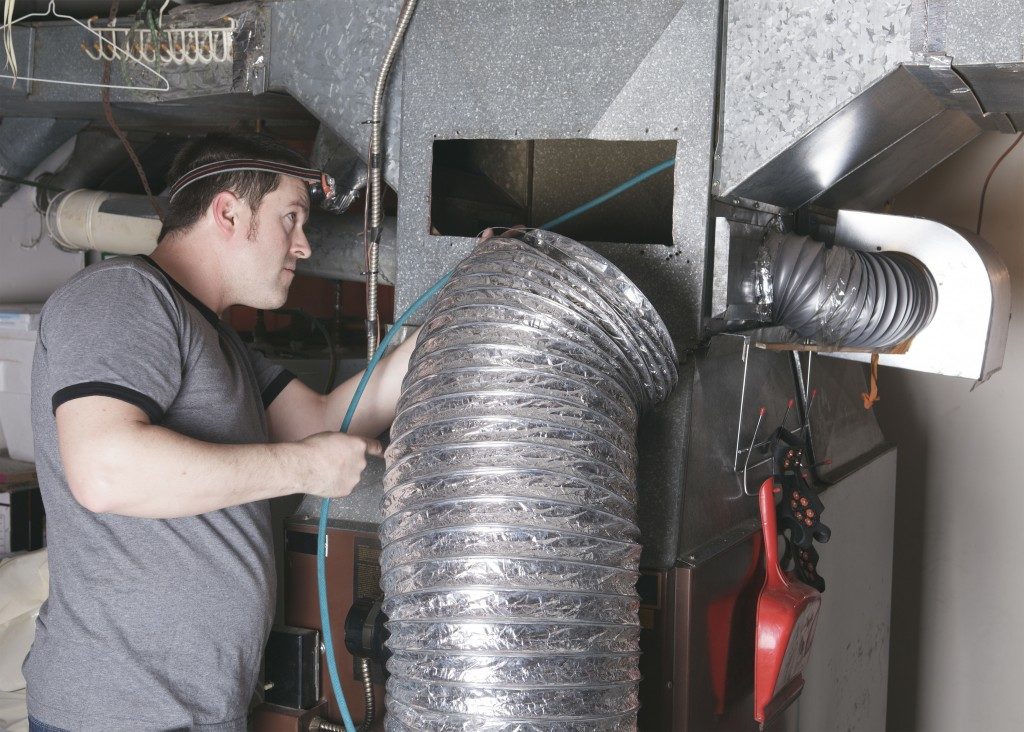Most property owners now appreciate the essence of optimal indoor air quality. While they will focus on air duct cleaning, few think of their dryer vents. These two are, however, entirely different and should be treated as such. Your air duct starts in your HVAC unit and winds throughout your building’s walls and ceiling.
It might become a breeding ground for bacteria, mildew, and mold when left without a professional clean for an extended period. To this end, the air ducts will generate a steady pollutant stream into your indoors that poses considerable health hazards.
Dryer vent cleaning here in Boise is a chief component of your property’s fire safety. The dryer vent duct leads from your laundry dryer to the outdoors. It dispels hot air and debris that might clog your ducts and ignite fires.
The cleanup irrespective of your property’s arrangement will start at the lint trap and end at the vent trap. Other than minimizing fires, dryer vent cleaning performed at least twice annually will lower your energy expenses and avert damage to your duct materials.
Here are the material alternatives used for dryer vent tubing.
Aluminum Foil Ducts
 This marks one of the leading types of dryer transition ducts. These connect the primary duct that runs to your exteriors from your appliance. The lengths of aluminum foil used for dryer ducts are not less than eight feet for most properties.
This marks one of the leading types of dryer transition ducts. These connect the primary duct that runs to your exteriors from your appliance. The lengths of aluminum foil used for dryer ducts are not less than eight feet for most properties.
Some local codes nevertheless limit the use of this duct material so double-check to avoid any surprises. The transition ducts should not be hidden inside walls and other building cavities. They can be held in place using metal tape, large hose clamps, or dryer clamps.
Semi-Rigid Metal Ducts
These are often made of aluminum and are somewhat more rigid compared to aluminum foil ducts. Even so, they like the foil ducts, cannot be concealed in wall cavities or floors and are often held in place with clamps. They are also only used for transition vents.
Semi-rigid metal ducts are typically strong and have smooth interiors. They, therefore, catch less lint than the aluminum foil varieties.
Slim Ducts
These are also known as periscope ducts. They are made of rigid aluminum and are meant for transition ducts in tight spots. Slim ducts have wide rectangular shapes except at their connections to the vent outlet and dryer.
They allow the installation of your dryer closer to the wall than other ducts would making them ideal space savers. Most slim ducts measure 27-48 inches in length and can fit diagonal, horizontal and vertical installations.
Rigid Metal Ducts
These are made of galvanized steel, and aluminum and used in concealed installations. These are the parts of your dryer that run in wall cavities, and floors. Rigid metal ducts have smooth interiors and thus minimal friction, meaning they accumulate minimal lint.
Owing to their inflexibility, they are installed using elbow fittings to accommodate turns.
The above ducts have varying levels of lint accumulation. The timeframe between their cleanings should nonetheless be determined by a professional based on their use and other elements. If your clothes are, however, taking too long to dry, this might be a sign that you need dryer vent cleaning.

